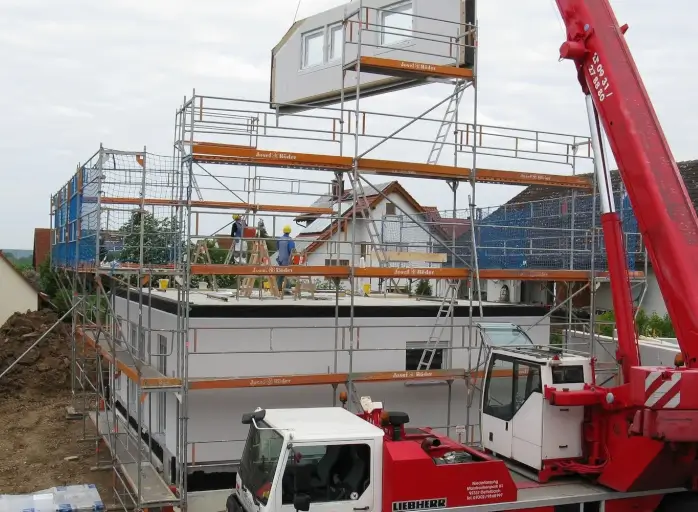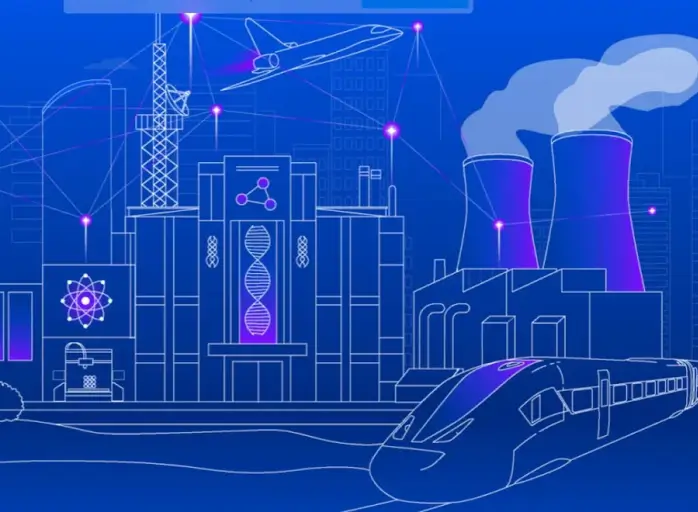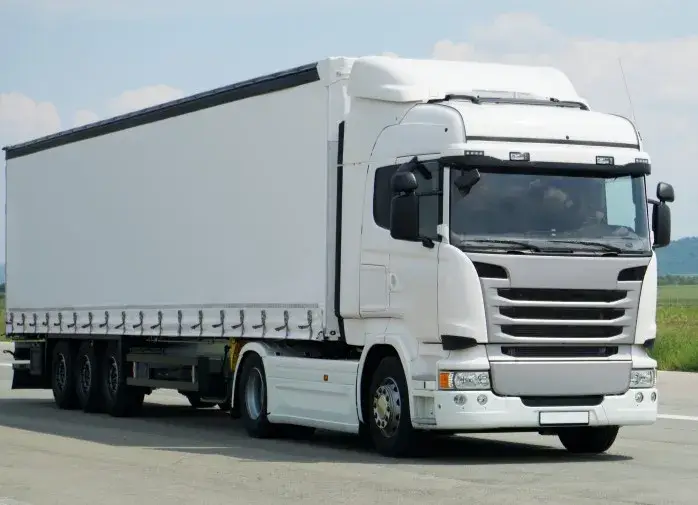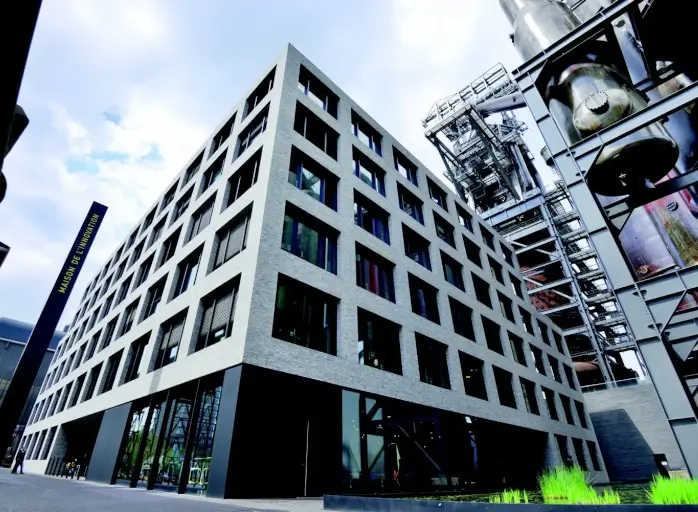

Paul Wurth: When AI unifies industrial machine language
The industrial engineering group has developed a system that allows machines to "understand" each other, regardless of differences in configuration or context.
Paul Wurth S.A., based in Luxembourg for over 150 years, is a renowned engineering firm and a key player in metallurgy, covering the entire spectrum of steelmaking, from raw material handling to final product refinement.
As part of the SMS group, the company is committed to driving innovation through new solutions in decarbonisation, hydrogen industry and digital transformation. Its Digital Products Competence Centre develops and offers state-of-the-art digital solutions, helping customers stay competitive in an increasingly digital world.
The challenge: data fragmentation across industrial assets
In industrial operations, machines of the same type, such as blast furnaces, compressors or turbines, often produce data that is difficult to compare or integrate. This is due to differences in sensor configurations, operating conditions, and engineering choices across sites.
As a result, traditional AI systems struggle to generalise across these heterogeneous data sets, limiting the ability to scale digital twins, transfer operational knowledge and optimise performance across fleets of machines.
The solution: generative AI for time series translation
To address this challenge, Paul Wurth developed a novel AI system that applies generative modeling techniques to industrial time series data. Inspired by the architecture of large language models, the system treats each machine’s sensor output as a unique “dialect” and learns to translate signals between machines. This enables machines to “understand” each other, regardless of differences in configuration or context.
The core innovation lies in the AI’s ability to separate the “content” of a signal - representing the underlying industrial process - from its “style,” which reflects variations due to sensor placement, calibration, or operational mode. By disentangling these two components, the system can recreate or adapt signals across machines without altering their essential meaning.
This approach unlocks several key capabilities: virtual sensor creation, enhancement of simulation models, cross-site knowledge transfer, unified benchmarking, and scenario simulation. It allows for the creation of scalable and dynamic digital twins using only historical operational data, eliminating the need for bespoke models for each asset.
Broader applications and economic impact
Although the initial deployment focuses on industrial use cases, the underlying methodology is broadly applicable to any domain involving time series data. This includes healthcare, finance, energy systems and logistics - fields where comparing, adapting or generating signals across different environments is essential. The technology offers a flexible and generalisable solution that can improve predictive accuracy, operational efficiency and decision-making.
From an economic perspective, the project strengthens Luxembourg’s position as a hub for industrial AI innovation. It is expected to generate high-value employment in digital engineering and smart manufacturing, attract international investment and enhance the competitiveness of local industries.
The technology also fosters collaboration with academic institutions and startups, encouraging the development of complementary services and enriching the national AI talent pipeline. By reducing reliance on physical sensors and enabling smarter operations, it supports Luxembourg’s digital and environmental transition goals.
From concept to reality: demonstrating AI’s industrial power
The AI system has already demonstrated its effectiveness in a real-world industrial setting. A virtual pyrometer (temperature sensor for hot metal) was developed for a blast furnace in Brazil using data from a German plant.
Designed to be modular and scalable, the technology can be integrated into existing industrial platforms
The model achieved temperature predictions within 20°C, an accuracy level considered relevant and actionable in industrial contexts. This successful proof of concept confirms the system’s ability to generalise across machines and geographies, paving the way for broader deployment.
Designed to be modular and scalable, the technology can be integrated into existing industrial platforms and digital twin frameworks. Pilot deployments are currently being defined within the SMS group, with plans to extend its use to other sectors such as energy, logistics, and healthcare.
By enabling cross-machine signal translation, Paul Wurth has introduced a transformative AI solution that addresses one of the most persistent challenges in industrial data science. This innovation not only enhances operational intelligence but also lays the foundation for scalable digital twins and smarter, more sustainable manufacturing systems.
With proven technical feasibility and broad applicability, the solution is set to redefine how industries leverage AI to unlock efficiency and resilience.







